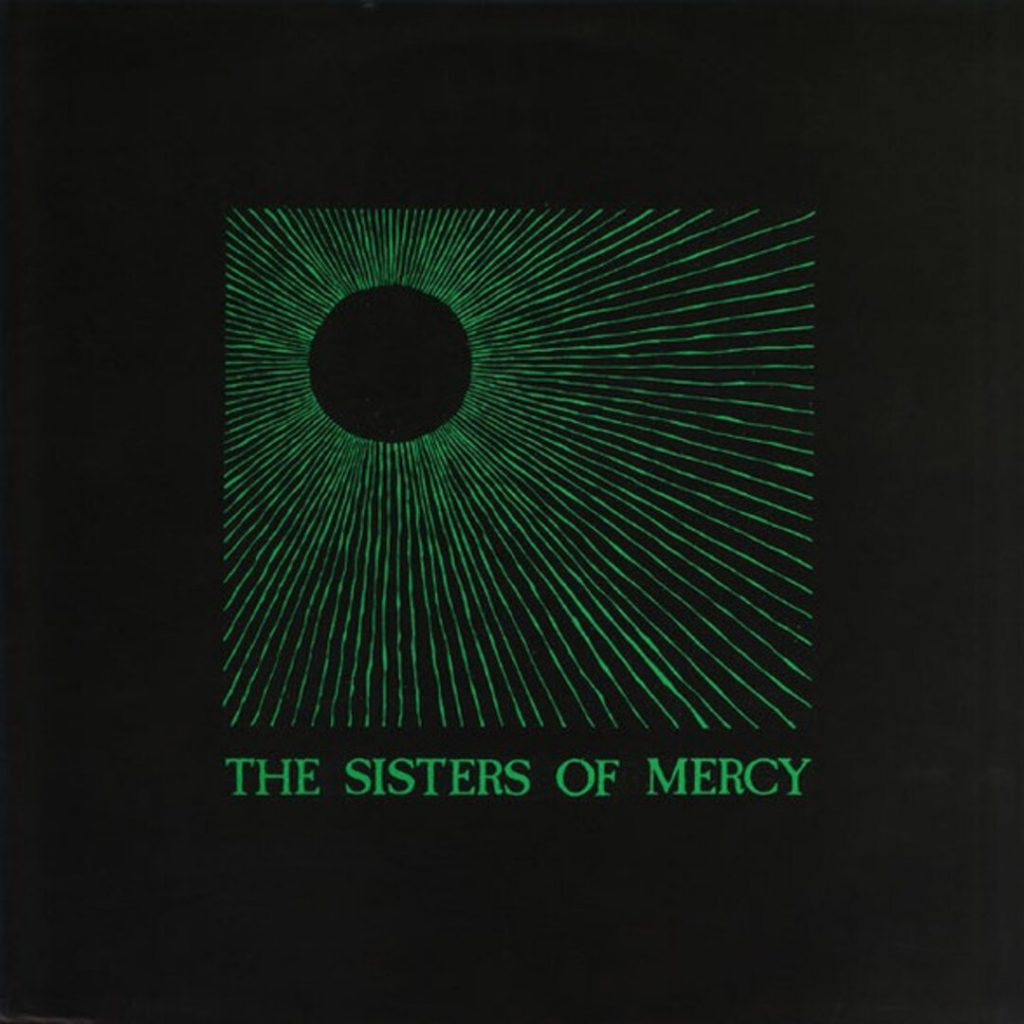The History of a Hit (1): THE SISTERS OF MERCY – “Temple of Love”
The History of a Hit (1): THE SISTERS OF MERCY – “Temple of Love
When The Sisters of Mercy released their fifth single “Temple of Love” on October 07, 1983, the band led by singer Andrew Eldritch had no record deal. All singles had been produced at their own expense under the band’s own label Merciful Release. Just one week later, however, “Temple of Love” was able to conquer No. 1 in the independent charts. This gave Andrew Eldritch a good starting position for the negotiations with various record companies that had already begun. The contract was finally awarded to WEA Records. Reason enough for The Sisters of Mercy to revisit this successful single years later. The Compliation album “Some Girls Wander by Mistake”, released on April 27, 1992, included a new version of the song. “Touch by the Hand of Ofra Haza,” as the band added it. A wise decision, as it should turn out …

The origin of the text
Andrew Eldritch is known for never being explicit about his lyrics and how they were written. And so there is some discussion in fan forums right now about what inspired the head of The Sisters of Mercy to write the lyrics. One theory is that Eldritch – who had studied Mandarin – based the text on the fact that the characters of the word “work” were based on those of the word “temple.” This would suggest that no temple as such could be meant, but rather the title could be equated with “labor of love”. Another interpretive approach, in turn, deals with the subject of war. The starting point of this theory, besides the fact that Eldritch’s father belonged to the British Air Force, is the lyric line “96 below the wave”. A potential allusion to the 1981 film adaptation “Das Boot”. The novel by Lothar-Günther Buchheim is about the German submarine U-96.

The idea for the remix
In a 1992 interview with Canadian magazine Siren, Andrew Eldritch explained in his typical way why “Temple of Love” was chosen: “Because it’s stunning, glorious and generally wonderful.” According to him, the record company believed that an album of back catalog material would not sell without presenting something new to go with it. So the remix was made to satisfy the record company.
The recording studio
The Sisters of Mercy recorded many of their songs in their homes, especially early in their career. As already indicated, the band had its own label Merciful Release. The headquarters for recordings during these times was Andrew Eldritch’s apartment in Leeds. Presumably, this home studio was equipped with a four-track Portastudio based on a standard audio cassette. The Portastudio allowed musicians at the time to record and produce music at home at low cost. The equipment with such a device suggests that the “Portastudio Demos”, among others, were created during that time. Thus, it can be strongly assumed that the band did not have enough capital at that time to record their songs in professional studios – they were simply too cost-intensive. This is also supported by the fact that after estimating the production costs for a first studio album at £40,000, Eldritch set out to find a record company.
In the next part, we’ll take a closer look at the music video and make a digression to New York Fahion Week.
(Text: Katrin Hemmerling)
As a newsletter recipient you will find out when the sequel will be released.
THE SISTERS OF MERCY at “DARK ROCK” – listen & follow




